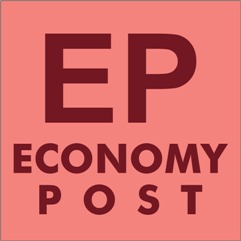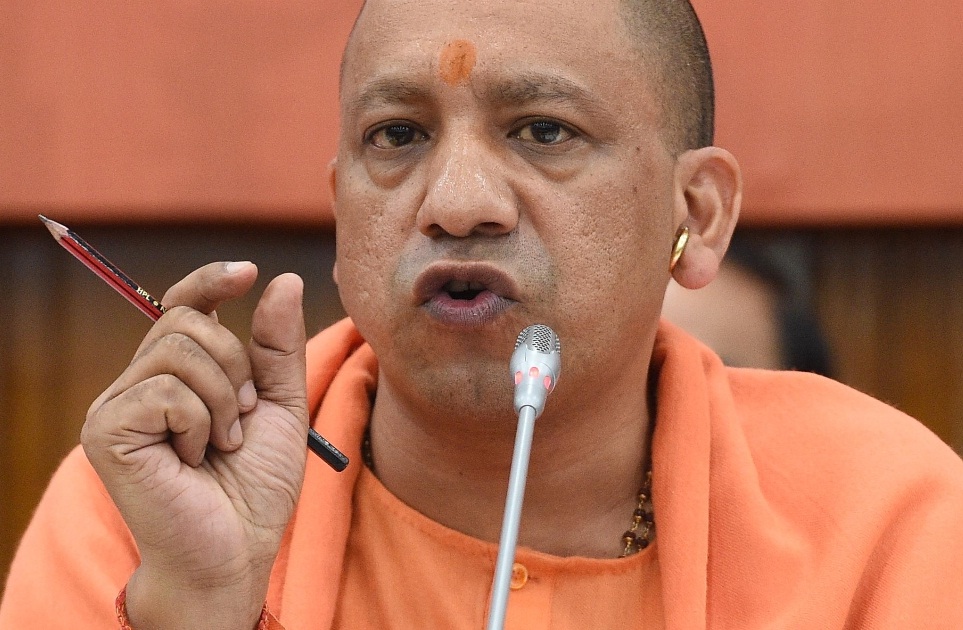Uttar Pradesh has pegged its market borrowings to jump 12 percent to Rs 5.73 trillion in the next financial year 2024-25.
The estimated market borrowing of Rs 5.73 trillion will be almost 23 percent of the estimated Gross State Domestic Product (GSDP) at Rs 25 trillion in 2024-25.
The states mop up funds from the market(s) to meet budgetary requirements by floating government securities (G-sec) and bonds bearing different maturities.
Interestingly, a few global institutions have already announced to club India’s sovereign bonds in their key indices. This will promote the domestic debt market and aid government(s) to raise funds for expenditure at lower rates.
Recently, Bloomberg announced to include India Fully Accessible Route (FAR) bonds in the Bloomberg Emerging Market (EM) Local Currency Government Index. Last year, JP Morgan announced to include India in its widely tracked emerging market debt.
Meanwhile, in 2020-21, 2021-22 and 2022-23 financial years, the respective UP market borrowings stood at Rs 3.55 trillion (20.8 percent of GSDP), Rs 4 trillion (21.5 percent of GSDP) and Rs 4.47 trillion (19.8 percent of GSDP).
Since UP envisions to become India’s first $trillion economy by 2027 or thereabouts, the Yogi Adityanath government 2.0 is keenly investing in big ticket infra projects such as expressways, highways, airports, metro rails etc.
In 2023-24, the UP market borrowings (per revised budgetary estimates) are pegged at Rs 5.15 trillion, which is lower than Rs 5.5 trillion in the preliminary budgetary estimates in February 2023.
Tamil Nadu, Maharashtra, West Bengal, UP and Andhra Pradesh are among the leading states in terms of maximum market borrowings.
Reserve Bank of India (RBI) regulates such borrowings to ensure fiscal prudence and ensuring such mop up occurs at low cost sans excessive risk.
The G-sec/bonds are issued through a competitive bidding process conducted by the RBI with primary participants comprising banks, primary dealers and other financial institutions.

